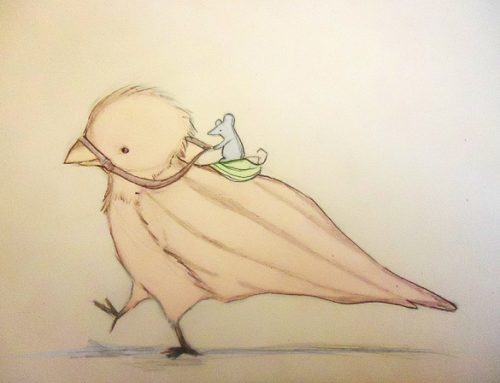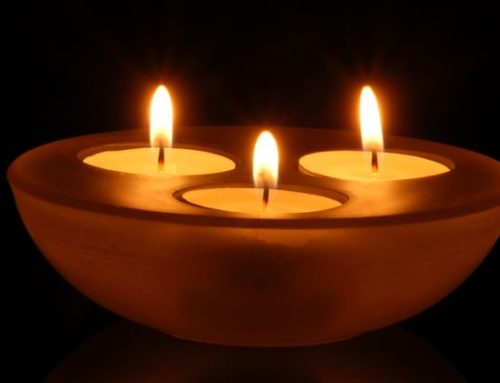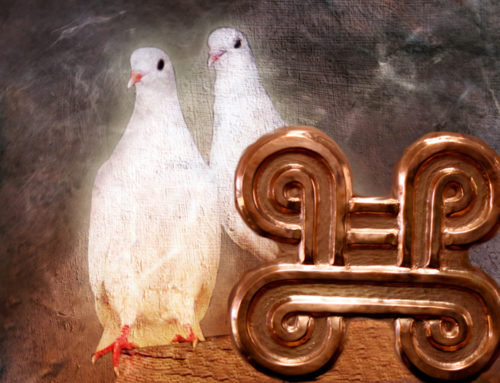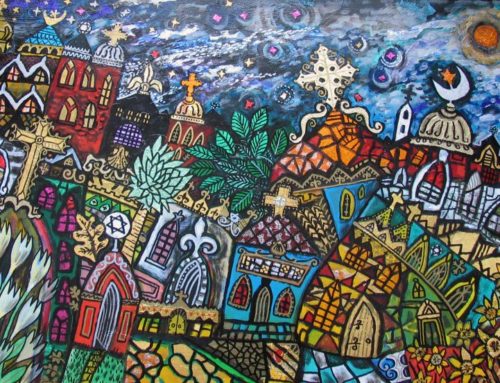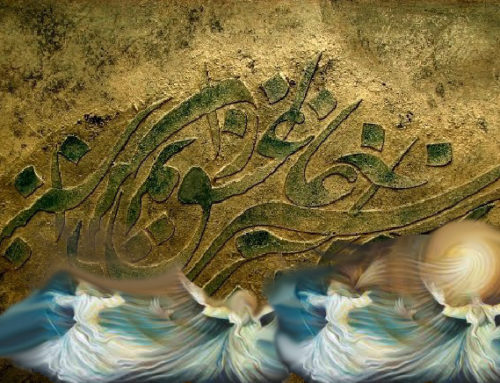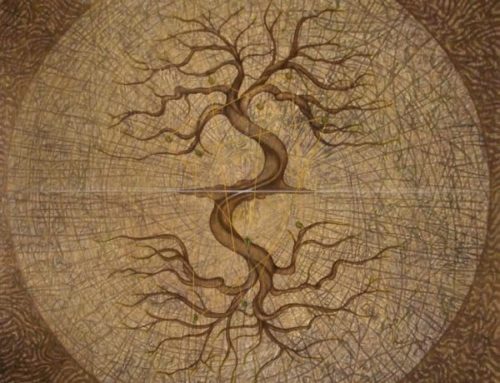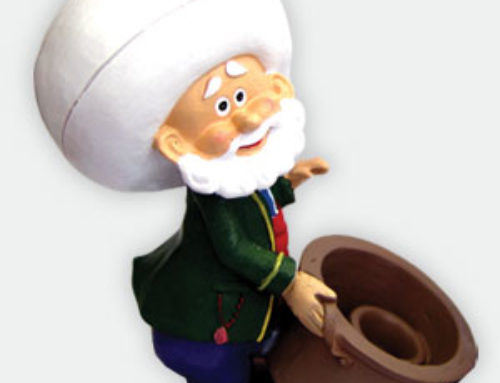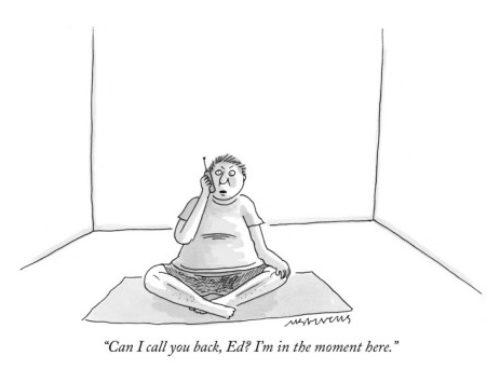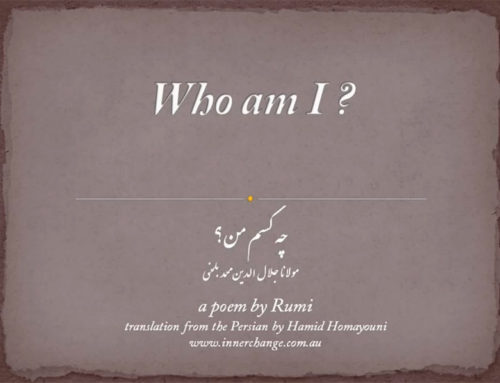Mowlana Jalaledin Mohammad Balkhi known as Rumi, poet of the heart, universal teacher of timeless wisdom, mystic and Sufi master was born in 1207 CE in Balkh (today’s Afghanistan, then part of Persia). He died in Konya (Turkey) in 1273.
Rumi was a true Moslem. He emphasised that; in essence; he was not “attached” to any nation or creed, he loved all of humanity and respected all true spiritual paths of Oneness.
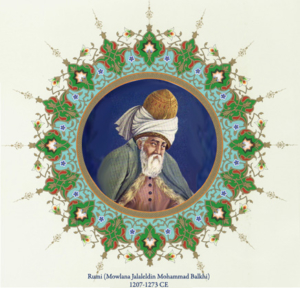
Rumi(Mowlana Jalaledin Mohammad Balkhi)
1207-1273 CE]
Others on Rumi
German philosopher Hegel, regarded Rumi as one of the greatest poets and thinkers in world history.
According to Erich Fromm; one of the world’s leading psychoanalysts, also a social behaviorist, a philosopher and a Marxist: “Rumi the mystic, poet, the ecstatic dancer, was one of the great lovers of life, and this love of life pervades every line he wrote, every poem he made, every one of his actions …he was also a man of profound insight into the nature of man. He discussed the nature of the instincts, the power of reason over the instincts, the nature of the self, of consciousness, the unconscious, and cosmic consciousness; he discussed the problems of freedom, of certainty, of authority. In all these areas, Rumi has a great deal to say which is important to those concerned with the nature of man.”
Reynold A. Nicholson; eminent English orientalist, scholar of both Islamic literature and Islamic mysticism and widely regarded as one of the greatest Rumi scholars and translators; rated him as the “greatest mystical poet of any age.”
Professor Edward.G.Browne, a noted Orientalist and the most celebrated authority on Persian literature, termed Rumi as “without doubt the most eminent Sufi poet whom Persia has produced, while his mystical Masnawi deserves to rank among the great poems of all time.”
Maurice Barres, French writer and politician, once declared: “When I experienced Rumi’s poetry, which is vibrant with the tone of ecstasy and with melody, I realized the deficiencies of Shakespeare, Goethe and Hugo.”
Life and spiritual transformation
Rumi’s father, Baha al-Din Valad was a prominent preacher, scholar and Sufi. Rumi was about six 1 when the family left their hometown never to return. This occurred due to fleeing the approaching Mongol hordes and/or disputes between his father and Sultan Mohammad Khwarazmshah along with his court clerics. Rumi’s family and their entourage set out westwards staying in Baghdad, Mecca, Damascus and other cities, finally settling in Konya in the Anatolian peninsula (today’s Turkey). He is known as Rumi because that land which had belonged to the Byzantine, or eastern Roman empire, had only relatively recently been conquered by Muslims and even when it came to be controlled by Turkish Muslim rulers, it was still known to Arabs, Persians and Turks as the geographical area of Rum.
Rumi left this world in 1273, his night of departure is called The Wedding Night (Shab-e aroos), when he joined his ultimate Beloved.
By the age of thirty-eight Rumi had become a famous scholar, theologian and a popular teacher. He had also undergone full spiritual training with renowned Sufi sheikhs. Nevertheless he was living a mundane life preoccupied with day-to-day routines void of the spiritual ecstasy his soul was longing for. His life took a dramatic turn when he encountered the powerful and rebellious wandering dervish, Shams of Tabriz. An extraordinary and esoteric friendship between the two men unfolded that took Rumi on a path of transmutation from the scholar and trained Sufi that he was, to a living embodiment of love and truth. When Shams mysteriously disappeared few years later, Rumi’s transformation took another turn. Going through pain of separation and periods of spiritual depression, he further advanced on his journey of self-knowing, shedding more of his ego attachments and realising deeply that love and truth are not to be found outside of him.
After such intense experience, Rumi also knew that spiritual connection with other advanced souls would take him closer to his ultimate Beloved. His long time friend and senior disciple, Salah-aldin Zarkoob became his spiritual companion. This companionship also came to an end with Zarkoob’s passing away. After another period of solitude and spiritual sorrow, he chose his loyal and bright disciple Hosam-aldin Chalaby as his next spiritual companion. His masterpiece Mathnawi was written during this period on the insistence of Chalaby who also scribed the poems.
This intense journey of transformation from a famous high ranking scholar to a worldly “no-body” who embodied love and truth exemplifies what knowledge by presence means. As Rumi says, one becomes a hollowed reed flute which only plays the songs of the Divine:
The reed flute that is still blocked up with knots,
is deprived of the inner secrets.
It won’t be played by the Divine lips. ~Rumi 2
Works and legacy
One of the world’s greatest spiritual masters; Rumi is also arguably the greatest mystical poet of all times. Today, over seven hundred years later, Rumi is thebestselling poet in the U.S., and one of the most quoted wisdom masters in the world.
Rumi created masterpieces of sublime quality and extraordinary volumes 3. He was of Persian descent and almost all of his works were written in Persian language; with few exceptions in Arabic, and occasionally in hybrid Turkish-Persian or Greek-Persian.
Rumi’s major works are the Diwan-i Shams-i Tabrizi of some 40,000 verses and the Mathnawi of about 25,000 verses. In addition, three collection of his talks and letters have been preserved.
The Diwan (“Collected Poems”) comprises some 3230 ghazals totalling 35,000 verses; 44 tarijiat, a type of poem composed of two or more ghazals, a total of 1,700 verses; and 2000 rubaiyyat or “quatrains.” The Diwan contains all of Rumi’s poetry other than the Mathnawi. It spans a period of almost thirty years, form sometime after the arrival of Shams in Konya to Rumi’s death. This is an important point, for it is often forgotten that a certain portion of the Diwan was composed concurrently with the Mathnawi, during the last twelve or fourteen years of Rumi’s life.
Very similar in style and content to the Mathnawi is the prose work Fihi ma fihi (“In it is what is in it”) [Discourses of Rumi ], also written during the last few years of Rumi’s life. This work in fact represents transcriptions of talks given by Rumi to various disciples.
A second prose work is Majalis-i sab’ah (“Seven Sessions”). This relatively short work comprises a number of sermons obviously delivered not to an audience comprised only of Sufis but to a larger public. One of the greatest authorities on Rumi holds that Rumi delivered these sermons before the death of his father when he was in his early twenties.
Finally there are Rumi’s Makatib or “Letters,” 145 documents of an average length of one or two pages. Most of these are addressed to various princes and noblemen of Konya and in fact are letters of recommendation or requests for various favors written on behalf of disciples and friends. … For the most part these letters do not deal with Rumi’s spiritual teachings except in passing. ~Chttick 4
Notes:
- At the age 13 according to another source: Dr Abdolhossein Zarrinkoob’s “Step by step to the encounter with God”
- Rumi, Mathnawi, I, 2202 تا گره با ني بود همراز نيست // همنشين ان لب و آواز نيست
- Rumi did not personally write any of his major works. His scribes; who were among his closest disciples and spiritual companions; transcribed them and recited back to Rumi for verification.
- William C. Chittick “The Sufi Path of Love: The Spiritual Teachings of Rumi” pp 5-7
For more information see:






